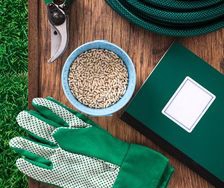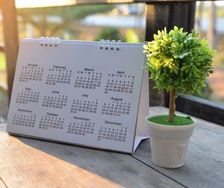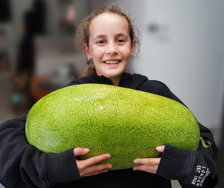Yates Account
Join now
Create a Yates account today!
Sign up to join the Yates Garden Club for monthly e-mails packed with seasonal inspiration, tips for success & exclusive promotions.
Plus if you’re a Garden Club member you can take part in the Yates Growing Community - a blog to share successes, get advice & win prizes in fun challenges along the way!

Forgot password
Enter the email address associated with your account, and we'll email you a new password.

How we evolve our products and business through a sustainable lens.
Goal 1: Make our packaging re-usable or recycle-ready by 2025
What have we done so far?
- We help fund the Packaging Forum's Soft Plastic Recycling Scheme. All of our potting mix and fertiliser bags can be dropped off at an in-store collection point; find the nearest one at: recycling.kiwi.nz/store-locator. If everyone dropped off their used Yates bags it would keep an extra 48 tons of soft plastic out of landfills!
- Our newly launched lawn seed boxes are made from PEFC certified board, assembled with water-based glue and printed with soy-based ink; they can go into your kerbside recycling collection.
- We have partnered with Agrecovery, a not-for-profit charitable trust that tackles the challenge of used pest and garden spray containers – to minimise their risks to the environment and recycle the left-over plastic. You can't put your pest and garden spray containers in your kerbside recycling - but you can recycle them FOR FREE at a drop-off location near you.
What’s in progress?
- Yates have joined the Australasian Recycling Label (ARL) Program, which helps consumers recycle our products correctly with a clear & consistent on-pack labelling program. We’ve started rolling this out across all our packaging.
Goal 2: By 2030, have at least 30% of our sales from sustainable products
What’s in progress?
- We’re currently developing a new product using renewably-sourced fertiliser. Watch this space!
- We’re involved in ground-breaking research to source fertilisers from circular waste streams
What does "Sustainable Products" mean?
These are products which have been assessed against a set of criteria including the product's life cycle, environmental benefits, packaging sustainability benefits, health or safety benefits, eco-certifications and any other significant sustainability benefit. The assessment compares the product to the standard product in the market (or the product it's replacing). The relative benefits must represent a significant improvement, compared to the standard product (e.g. improving a life cycle assessment score by 20%)








Share
Share this article on social media